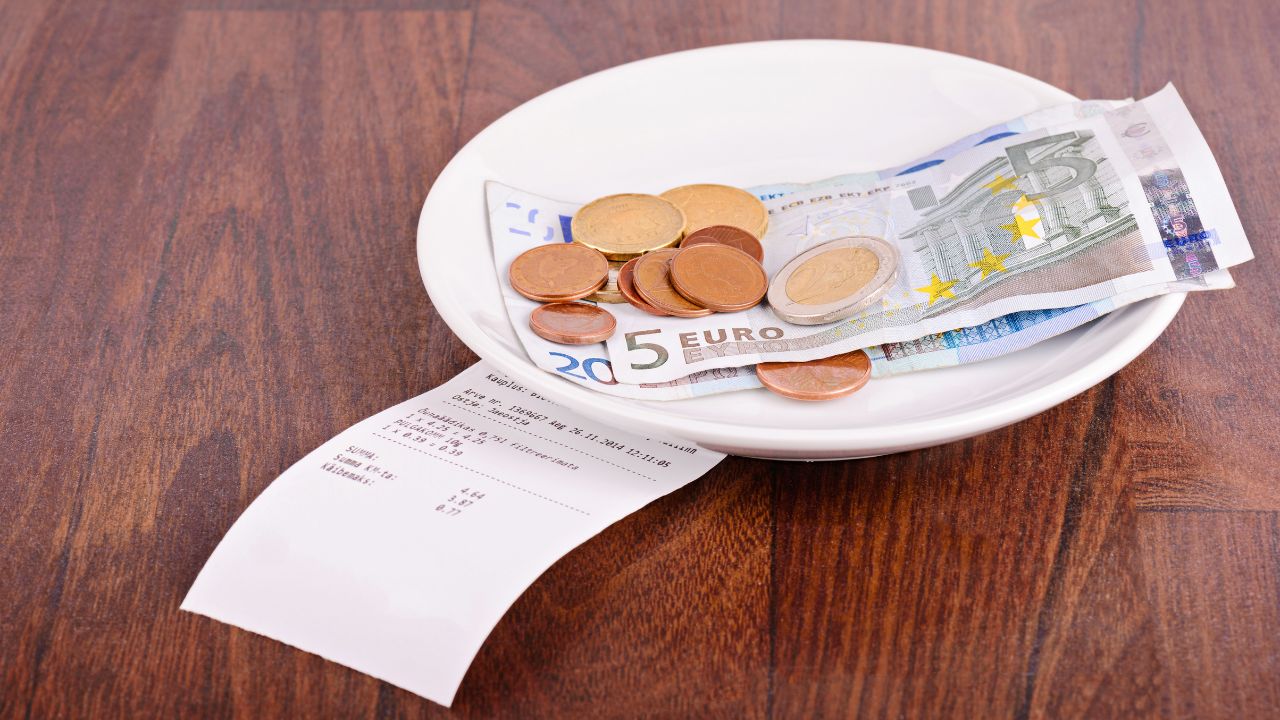Tipping customs vary widely across the globe and can be a source of confusion for travelers. In some countries, leaving a tip is expected and even essential, while in others it may be considered unnecessary—or even rude. Understanding local etiquette can help you avoid awkward situations, show respect to service workers, and navigate cultural differences gracefully.
This comprehensive guide covers tipping practices in over 30 countries across Asia, Europe, North America, South America, Africa, and Oceania. Whether you’re dining out, taking a cab, or staying at a hotel, this guide will help you know how much to tip and when.
Asia
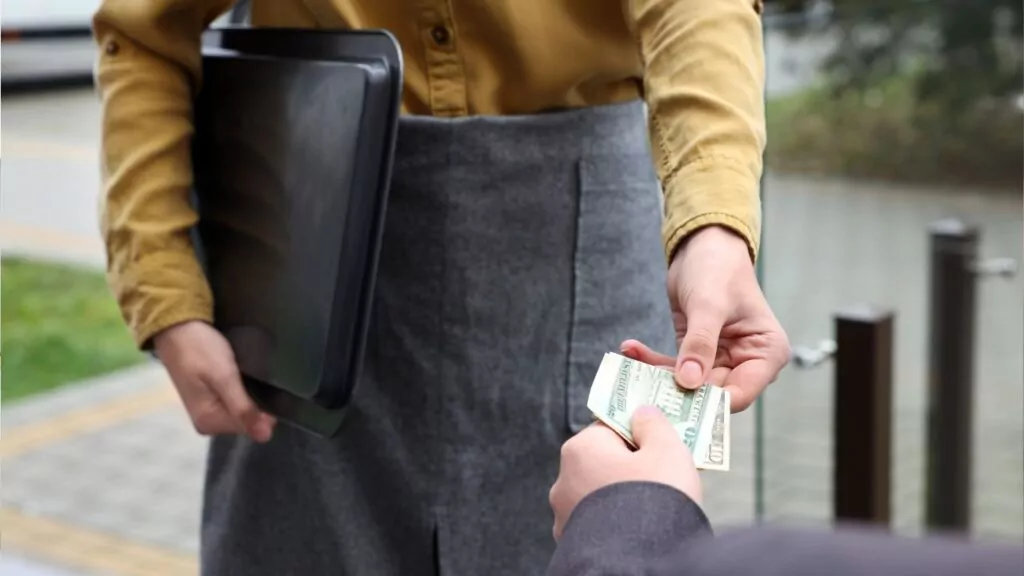
Japan—Tipping Is Considered Impolite
Japan is famous for its exceptional service standards, but ironically, tipping is not part of the culture. In fact, it may be seen as insulting or confusing to the staff, as they take pride in offering excellent service without expecting extra rewards. If you do try to leave a tip, it’s likely to be refused politely.
Exceptions may include upscale tourist hotels or private guided tours where tips are accepted discreetly. When tipping is appropriate, place money inside an envelope as handing cash directly can be considered rude.
China (including Myanmar & Singapore)—Tipping rare but emerging
Traditionally, tipping is not practiced in China, and it may still be rejected in rural or state-owned settings. However, in urban areas and tourist hubs, tipping has become more common, especially at international hotels or Western-style restaurants. In Singapore and Myanmar, the practice is similarly limited. In Singapore, a 10% service charge is usually included, and tipping beyond that is not necessary.
Thailand—Growing Tipping Culture
Due to its booming tourism industry, tipping has become more common in Thailand. It is appreciated in restaurants (10% is customary), hotels, and taxis. In more rural or local areas, it may not be expected, but leaving loose change or rounding up the fare is a kind gesture. For tuk tuk rides, spa services, and tour guides, tipping 20–50 baht or 10% of the fee is generous.
Nepal—Trekking Tipping is a Must
In Nepal, tipping is an essential part of trekking culture. Porters and guides rely on it for a fair share of their income. The general recommendation is:
- $3–5/day for porters
- $5–10/day for trekking guides
In restaurants, tipping around 5–10% is customary, especially in cities like Kathmandu and Pokhara.
Australia—Not Required but Appreciated
In Australia, workers are generally paid higher wages, so tipping is not customary. However, 10–15% in restaurants for great service is appreciated. In taxis, rounding up the fare is common. Tourism-related services like hotel concierges or tour guides might welcome small tips, but no one will expect it.
UAE, Qatar, Saudi Arabia—Tipping Is Expected in Hospitality
In Gulf countries, tipping is widely practiced and expected. A 15–20% tip is considered normal in restaurants and luxury hotels.
Even when a service charge is already added to the bill, it’s common to tip extra in cash. Bellhops, valets, and housekeeping staff also expect gratuities ranging from 5–20 dirhams or riyals.
Europe
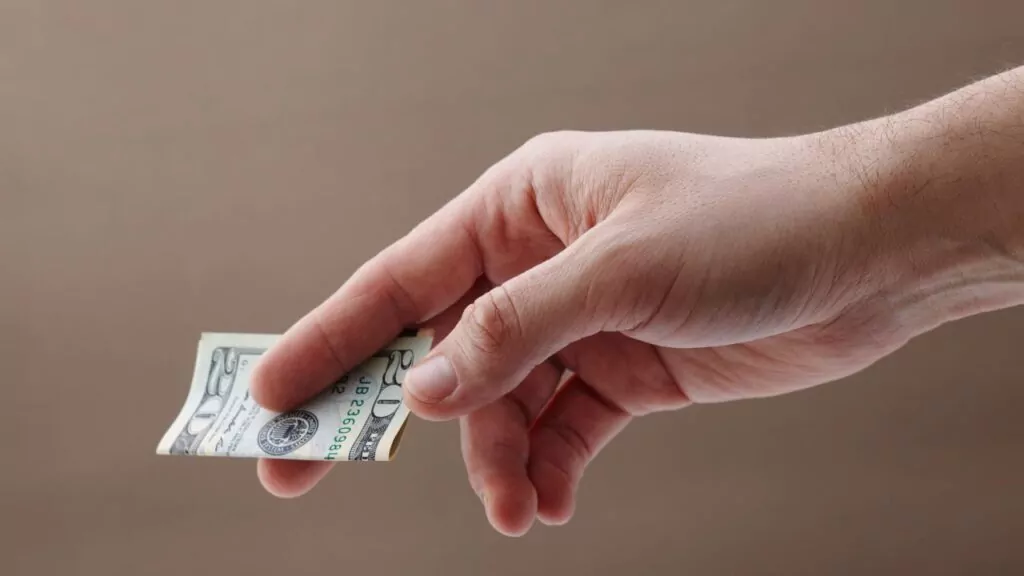
France—Service Included, but tips welcome
French restaurants often include “service compris” (15%) in the bill. However, locals still leave a small cash tip (5–10%) for good service.
In cafés and bistros, it’s polite to leave coins on the table. For taxis and hotel staff, a few euros go a long way.
Italy—Cover Charges, Not Tips
Italy doesn’t have a tipping culture. Many restaurants include a “coperto” (cover charge) or “servizio” in the bill.
If not, a tip of 5–10% or just rounding up is appreciated in touristy areas. Leave cash on the table rather than adding it to a credit card transaction.
Germany—Round Up or Add 5–10%
Tipping isn’t mandatory in Germany, but it’s considered polite. Typically, 5–10% is added in restaurants. Instead of leaving money on the table, tell the server the total when paying. In taxis, round up the fare or add a few euros. Hotel porters generally expect €1–2 per bag.
Spain—Modest Tips Are Welcome
Spain doesn’t have a strong tipping culture, but leaving 5–10% in restaurants is appreciated. In bars and cafés, leave coins.
Taxi drivers don’t expect tips but will gladly accept “keep the change.” Hotel staff appreciate a couple of euros for services.
Portugal—Friendly Service, Modest Tips
Portugal has low wages in hospitality, and tips make a difference. It’s polite to leave 5–10% in restaurants.
Tour guides and hotel staff also appreciate tips, and rounding up is common.
Ireland—10–15% is Normal
In Ireland, tipping is customary in restaurants—10–15% is typical, especially in touristy or urban areas.
In pubs, tipping isn’t expected unless you receive table service. Taxis and hotel porters may be tipped €1–2.
Sweden—Round Up the Bill
Sweden doesn’t have a strong tipping culture. However, it’s common to round up the total in restaurants. A tip of 5–10% is welcome in higher-end venues.
Note: Sweden uses the krona, not the euro.
Austria—10% Gratuity is the Norm
Austrians typically tip 10% in restaurants, although service charges are often included. Handing the tip directly to the server is preferred over leaving it on the table.
Hotel staff and taxi drivers should also be tipped.
Hungary—Check for Built-In Charges
Tipping is appreciated in Hungary. 10–15% is standard, but always check your bill—many restaurants add a 12.5% service charge.
Tour guides and hotel staff also expect tips.
Czech Republic—Tips Are Common
Tipping is widespread in the Czech Republic. Add 5–10% to your restaurant bill. In Prague or luxury establishments, consider tipping a bit more.
It’s customary to hand the tip directly to the server.
Netherlands—Small Tips for Good Service
While tipping isn’t mandatory in the Netherlands, a 5–10% “fooi” is standard for good service. Hotels and taxis also appreciate a few euros as a token of thanks.
United Kingdom—Tips Included or Expected
In UK restaurants, a 12.5% service charge is often included. If not, leave a 10–15% tip. In pubs, tipping is not standard unless you’re seated and served. Taxis, hotel porters, and hairdressers usually receive 10–15% or small cash tips.
North America

United States—15–20% is Standard
Tipping is a major part of U.S. service workers’ income. At restaurants, 15–20% before tax is standard. In bars, $1–2 per drink is customary.
Tipping is also expected for taxis, hotel porters, hairstylists, and delivery drivers. Always check your bill—some places add automatic gratuity.
Canada—Similar to U.S. Culture
In Canada, tipping is a cultural norm. Restaurant servers typically receive 15–20%, and bartenders about $1 per drink.
Other service workers—like barbers, taxi drivers, and hotel staff—should also be tipped.
Central & South America
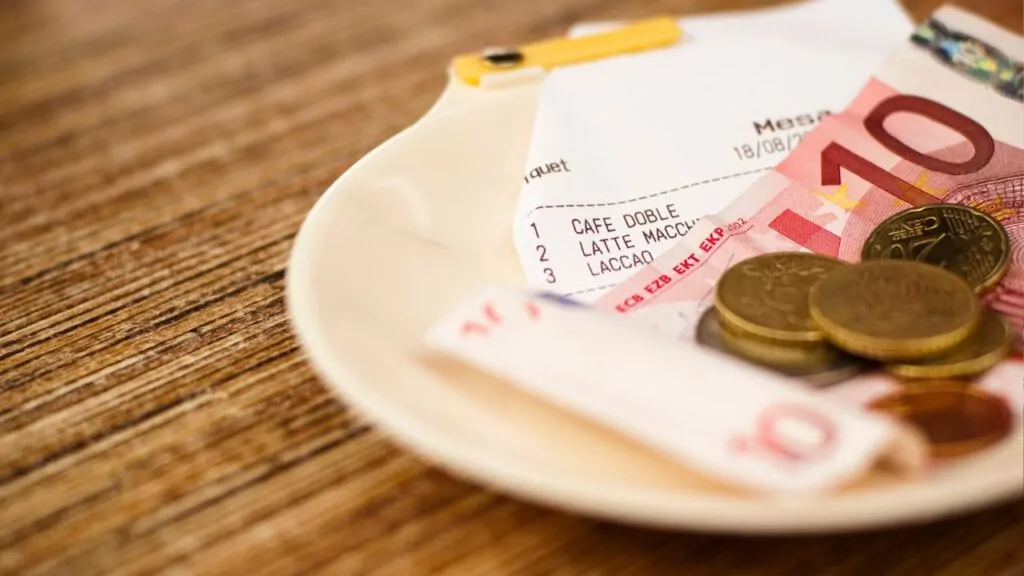
Brazil—Tips Usually Included
Brazilian restaurants often include a 10% service charge. If not, or if the service is outstanding, leave another 5–10% in cash.
Tipping hotel staff and cab drivers is also common.
Colombia—10–15% is Standard
In restaurants and hotels, tipping 10–15% is expected. Some bills already include a service charge. In upscale areas, tipping more for exceptional service is appreciated.
Argentina—Tourist Areas Expect Tips
In restaurants, tipping 10% is common in Argentina. While it’s not always expected by locals, hotel staff in tourist zones do appreciate gratuities.
Peru—Tipping Encouraged in Tourism
Though optional, tipping is highly encouraged in Peru’s hospitality and tourism sectors. Restaurant staff, hotel workers, and tour guides appreciate 10–15%.
Check your bill—some places include a service charge.
Chile—Look for “Cubierto”
Restaurants often include a 10% “cubierto” charge. If not, add a 10% tip in cash. Service workers in Chile greatly appreciate any additional gratuity.
Nicaragua—Tipping Is Growing
A 10–15% tip is normal in sit-down restaurants in Nicaragua, but always check the bill first. If a service fee is included, additional tipping is optional.
Costa Rica—Resorts Often Add Service Charges
In Costa Rica, many establishments—especially resorts—automatically add a 10% service fee. For personal services or above-average care, tipping extra is a nice gesture.
Africa
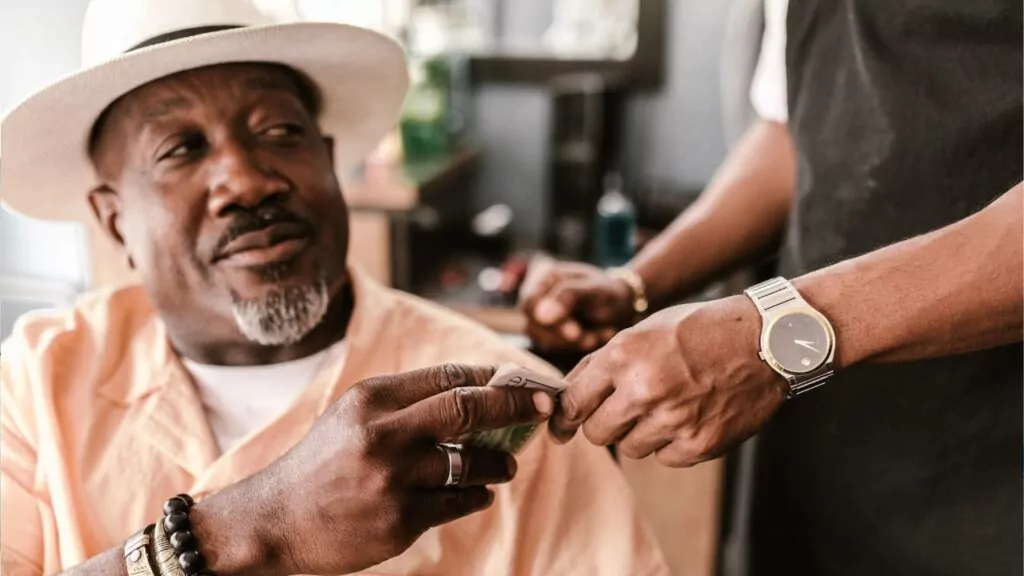
South Africa—Strong Tipping Culture
South Africa has well-established tipping norms. In restaurants, tip 10–15%. Tour guides, porters, and taxi drivers also expect tips.
Watch for automatic service charges on your bill to avoid double-tipping.
Final Thought
Tipping customs reflect a country’s economic, cultural, and social norms. A little research before traveling can help you tip appropriately and respectfully. Always check if service charges are included, and when in doubt, ask locals or observe what others do. Tipping fairly not only respects the local culture—it supports the livelihoods of people who work hard to make your travel experience smoother and more enjoyable.

